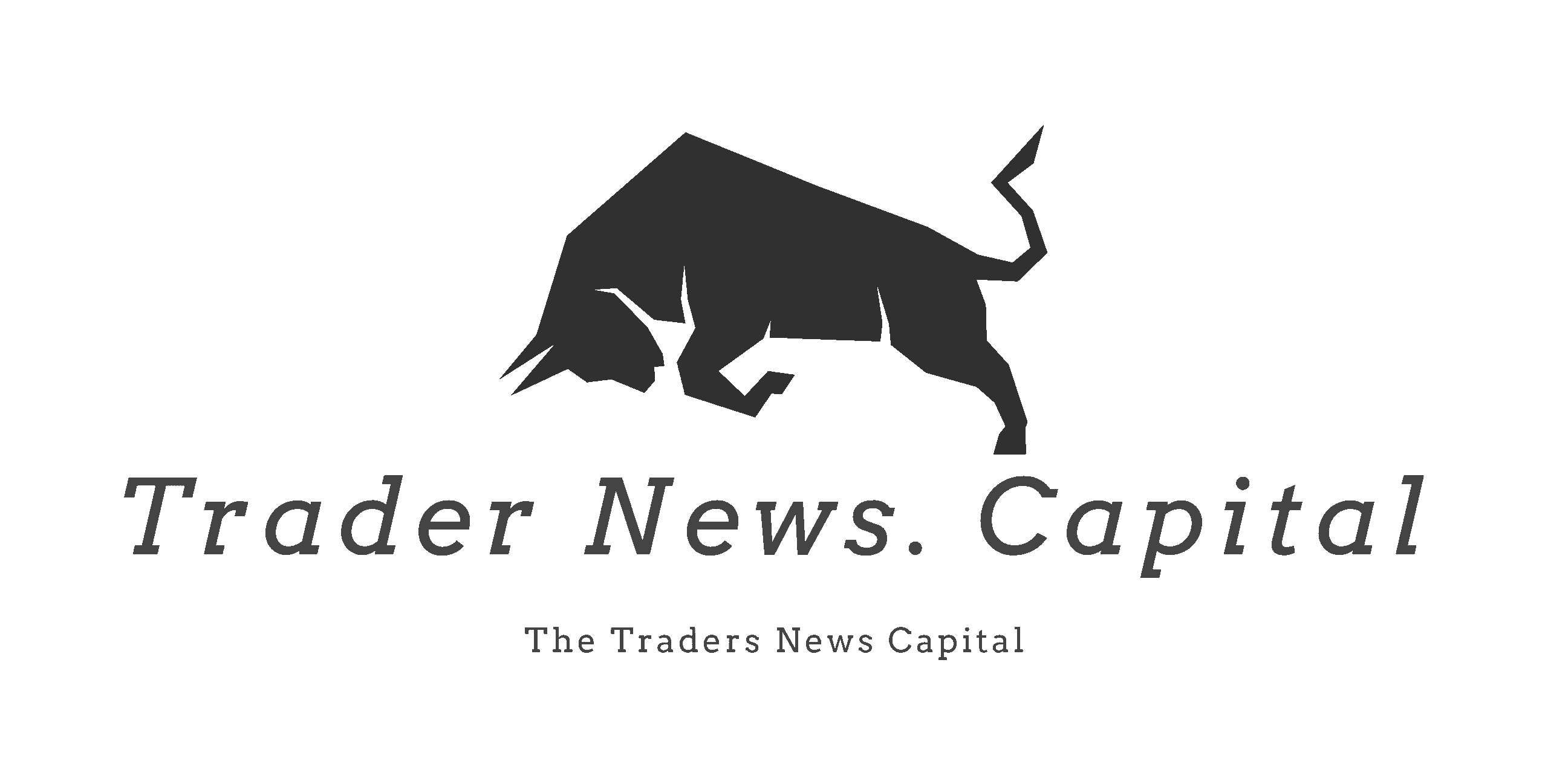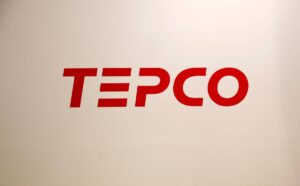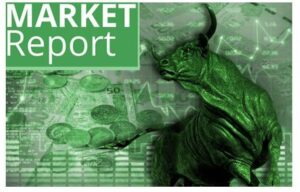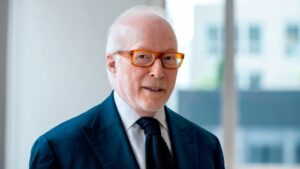Hedge funds cast an envious eye at their highly valued buyout brethren
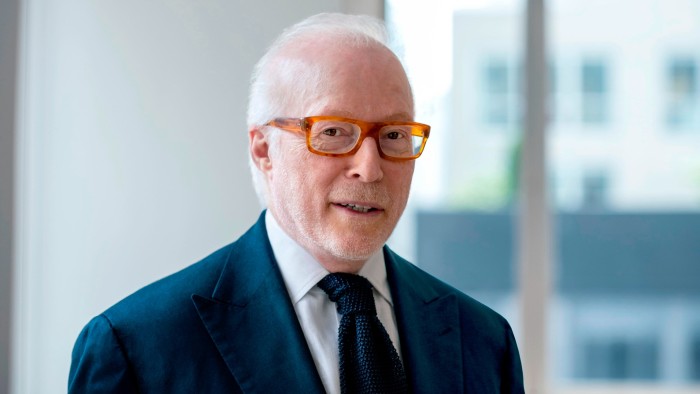
Unlock the Editor’s Digest for free
Roula Khalaf, Editor of the FT, selects her favourite stories in this weekly newsletter.
Hedge fund moguls keen to cement their fortunes should try to emulate their counterparts in the private equity industry. Millennium Asset Management, the giant hedge fund seeking to sell a minority stake in itself at a valuation of $14bn, is taking steps in this direction.
Hedge funds have created enormous wealth for founders and investment staff. Many have served clients well too. Turning the businesses themselves into appealing investments has been trickier — in contrast with buyout firms that have gone public and thrived.
Och-Ziff, a prominent hedge fund that listed in 2007, was taken private in 2024 for less than $1bn. Blackstone has been publicly traded since 2007 and has a market capitalisation of $165bn.
When appraising asset managers, investors care deeply about the reliability and growth of fee streams. Private equity’s management fees are pretty stable, since their clients’ capital is typically locked up for a decade. Investors can value those at a multiple of more than 20 times. Large but lumpier performance fees that come when assets are sold at a profit can be valued at a 10-times multiple.
More roughly, a manager might be valued at a percentage of its assets under management, or AUM. Blackstone has an enterprise value of about a fifth of its nearly $900bn in fee-paying assets. TPG has $200bn in AUM, and has an enterprise value of roughly a tenth of that.
Hedge funds typically don’t lock investors in for long, and their performance can be very volatile. Hence much lower valuations: UK-listed MAN group, a hedge fund provider, trades at 1-2 per cent of its AUM.
Millennium is gunning for a ‘top of the heap’ private equity valuation. At $14bn, it would be pitched at 20 per cent of its AUM. That looks somewhat rich.
In founder Izzy Englander’s defence, the firm does sport some private equity-style embellishments. Millennium has moved to commit investors’ capital for five years, and pledges from clients to put in more cash can be called upon over time as the firm spots opportunities. Having “callable” capital takes away some concern over future assets and fees.
And in terms of performance, Millennium is one of the elite multi-strategy hedge funds that employs scores of “pods” — or groups of traders — investing across strategies such as macro and long-short equity. The idea is that this helps it deliver firm-wide returns that are lower risk and steady across market cycles.

While Millennium and rivals like Balyasny Asset Management, Citadel, and Point72 play increasingly large roles in capital intermediation and the broader economy, they have not generally been thought of as institutions that could outlast their founders or weather a poor year or two of performance.
That may be changing. And Millennium has scarcity value, since chances to buy into a giant hedge fund are rare. But when it comes to the idea of opening their capital structure up more widely, or even going public as Blackstone, KKR and Apollo did, it is worth remembering that private equity and hedge funds remain different beasts.
